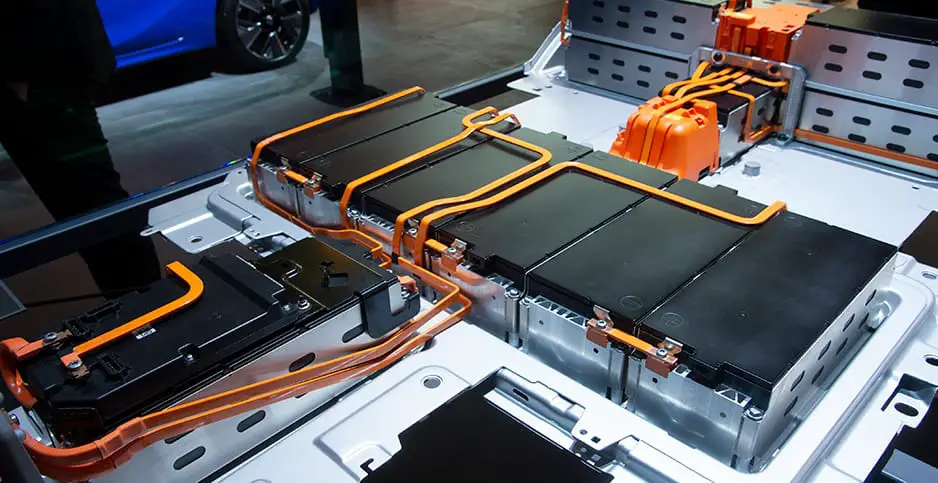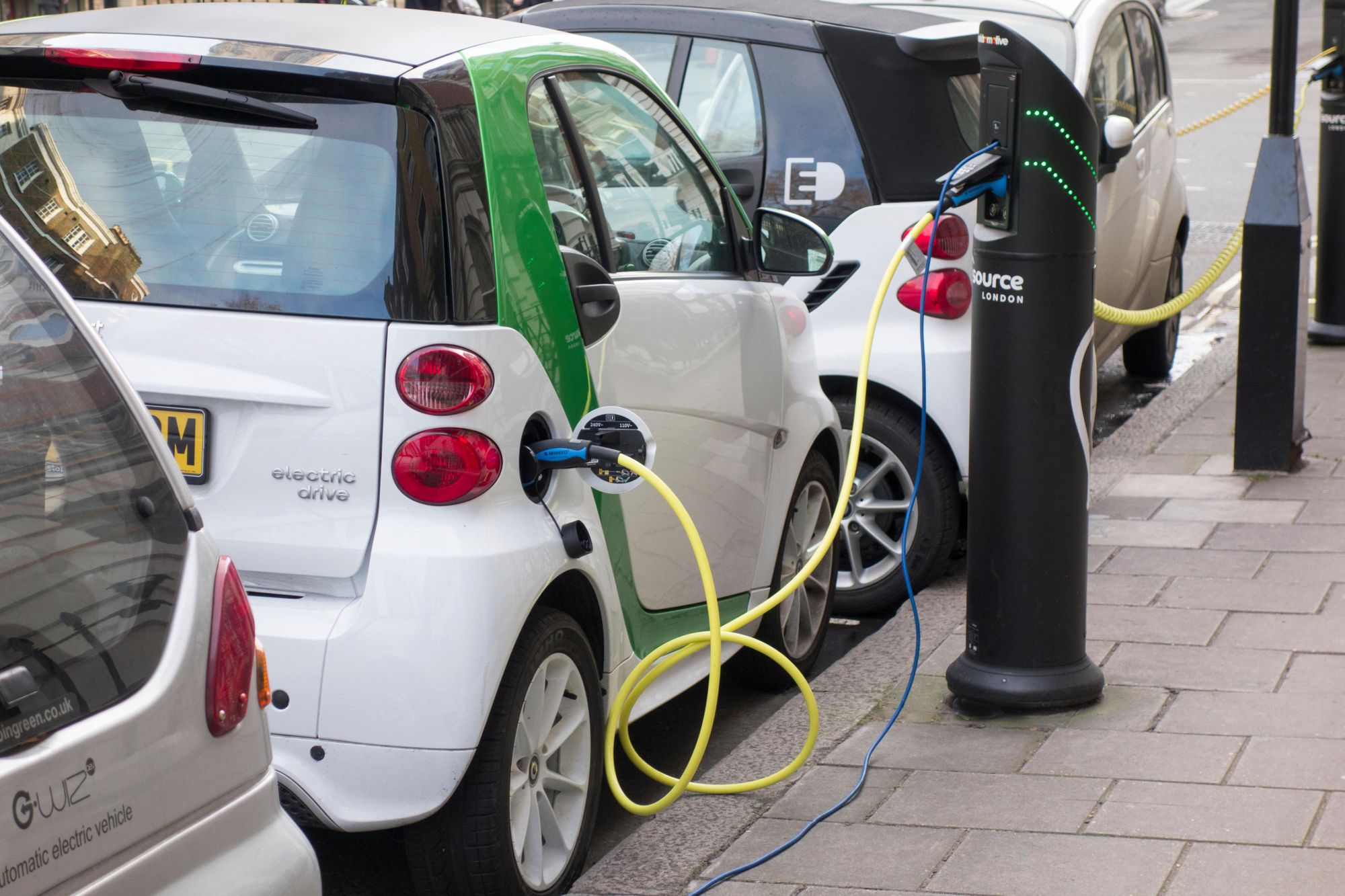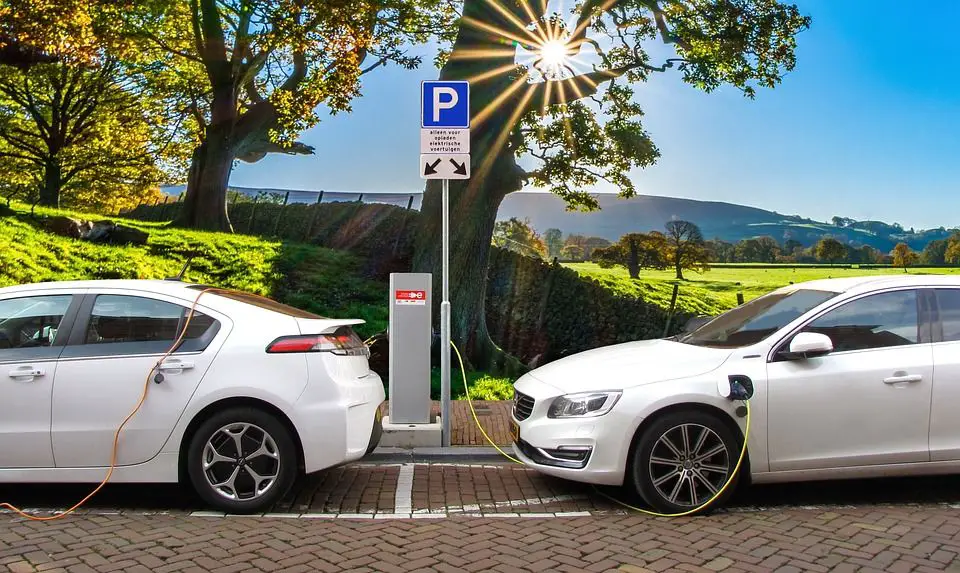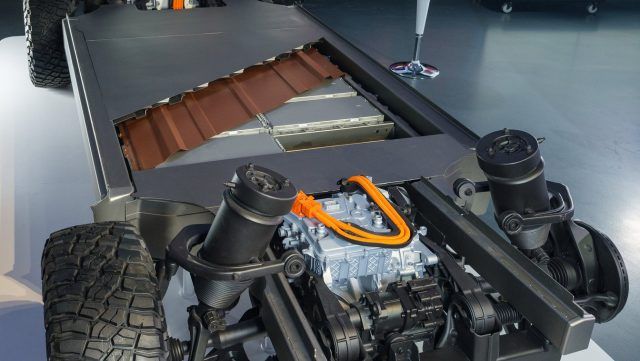Emerging technologies in Electric Vehicle batteries.
When designing EV batteries, engineers consider charging times, degradation, and safety. Energy and density are important when coming with Electric Vehicles. Regardless of Lithium-ion battery cell and module sizes, the high-voltage battery systems


Battery low please recharge your phone you look around but you cant find a place to pug it in. Your Laptop laptop is extra hot and the battery is about to catch fire. How far from home should you drive and electric car? These are common scenarios that happen in our daily lives and from the experiences we clearly need batteries that store more, long lasting, and are safer to use. Fortunately, new battery technologies are coming our way.
When designing EV batteries, engineers consider charging times, degradation, and safety. Energy and density are important when coming with Electric Vehicles. Regardless of Lithium-ion battery cell and module sizes, the high-voltage battery systems that power EVs require meticulously designed battery management systems (BMS) to ensure maximum power and safety.
For the past decades, Lithium-ion batteries are the most used to power EVs, there is a need to continue with developing the batteries because electric cars need batteries that go for longer range. The demand for EVs pushes the lithium-ion batteries to increase the range and cost-effectiveness. For example, the ranges of 500 km are already feasible for electric vehicles, while the charging times are constantly being reduced thanks to rapid charging technology.
New technologies, materials, increase production, leads to price decreases will determine the evolutionary development stages of the next few years. But the beauty of the battery system is not only in the cell itself and the related materials but in the whole system that incorporates it. This includes the electronics, software, integrated cooling, and the highly secure housing that is tailor-made for the vehicle and the cells.

The adoption of EVs plays a major role in the developments of the battery industry. For example, an 85-kWh Lithium-ion battery of a Tesla Model S is approximately 1,200 pounds consisting of 7,104 cells. It has a great range of up to 265 miles, but it can take up to 3-4 hours to recharge at a standard 220V source. A Chinese battery manufacturer is coming up with a first million-mile battery.
Contemporary Amperex Technology (CATL) says its new battery is capable of powering a vehicle for more than a million miles (1.2 million, to be precise, or 1.9 million km) over a 16-year lifespan.
Another very promising battery technology is glass battery technology. The idea is to add sodium or even lithium to glass and form an electrode within the battery. This application could render it appropriate for mobility applications and it also seems that it’s more stable than other sources, can handle extreme temperature better, and is cheaper to produce. The Glass battery technology is capable of storing thrice the energy of the Lithium-ion battery of the same size and can withstand many more charge and discharge cycles than the common EV batteries. This means reducing battery size maintaining the same range and performance or maintaining the size of a vehicle and extending the range by up to three times. The 1,000-mile EV barrier could be broken eventually.
An England startup company, Echion Technologies, claims to have developed an anode for a high concentration of Lithium batteries to reduce the number of which one will be required to charge. The anode, which operates as a negative pole during use and a positive pole during charge, has been called a mixed niobium oxide anode. The mixed niobium oxide anode can be used in exchange for any other anode style to improve recharging. It’s compatible with conventional cathodes and electrolyte materials so it can be widely implemented. The bold claim about mixed niobium oxide anodes is that they can allow high-capacity Lithium batteries to recharge in as little as six minutes.

Here are 5 new battery technology that might change the future
1) NanoBolt lithium tungsten batteries
Working on battery anode materials, researchers at N1 Technologies, Inc. added tungsten and carbon multi-layered nanotubes that bond to the copper anode substrate and build up a web-like nanostructure. That forms a huge surface for more ions to attach to during recharge and discharge cycles. That makes recharging the NanoBolt lithium tungsten battery faster, and it also stores more energy.
Nanotubes are ready to be cut to size for use in any Lithium Battery design.
2) Zinc-manganese oxide batteries
The battery works by investigating conventional assumptions, a team-based at DOE’s Pacific Northwest National Laboratory found an unexpected chemical conversion reaction in a zinc-manganese oxide battery. If that process can be controlled, it can increase energy density in conventional batteries without increasing cost. That makes the zinc-manganese oxide battery a possible alternative to lithium-ion and lead-acid batteries, especially for large-scale energy storage to support the nation’s electricity grid.
3) Organosilicon electrolyte batteries
We are aware the Lithium batteries are fond of fires, therefore, a need to find a viable solution that is safe than the carbonate found in the resulting electrolytes that can be engineered at the molecular level for industrial, military, and consumer Li-ion battery markets.
4) Gold nanowire gel electrolyte batteries
The University of California, Irvine experimented with gels, are finding better electrolyte for Lithium-ion batteries which are not as combustible as liquids. They tried coating gold nanowires with manganese dioxide, then covering them with electrolyte gel. While nanowires are usually too delicate to use in batteries, these had become resilient. When the researchers charged the resulting electrode, they discovered that it went through 200,000 cycles without losing its ability to hold a charge. That compares to 6,000 cycles in a conventional battery.
5)TankTwo String Cell™ batteries
A barrier to the use of electric vehicles (EVs) is the slow recharging process. Seeking a way to turn hours into minutes, TankTwo looked at modularizing a battery. Their String Cell™ battery contains a collection of small independent self-organizing cells. Each string cell consists of a plastic enclosure, covered with a conductive material that allows it to quickly and easily form contacts with others. An internal processing unit controls the connections in the electrochemical cell. To facilitate quick charging of an EV, the little balls contained in the battery are sucked out and swapped for recharged cells at the service station. At the station, the cells can be recharged at off-peak hours.
Some parts of the article have been sourced from: Karen Wilhelm.(2021) 5 new battery technologies that will change the future. Lifted 4/12/21




